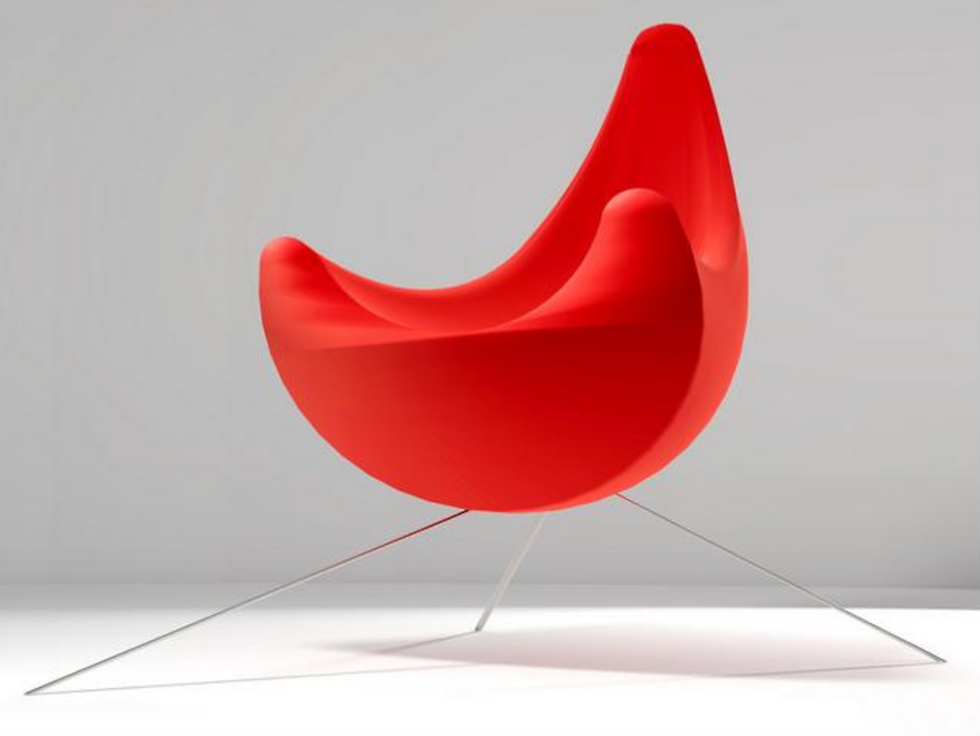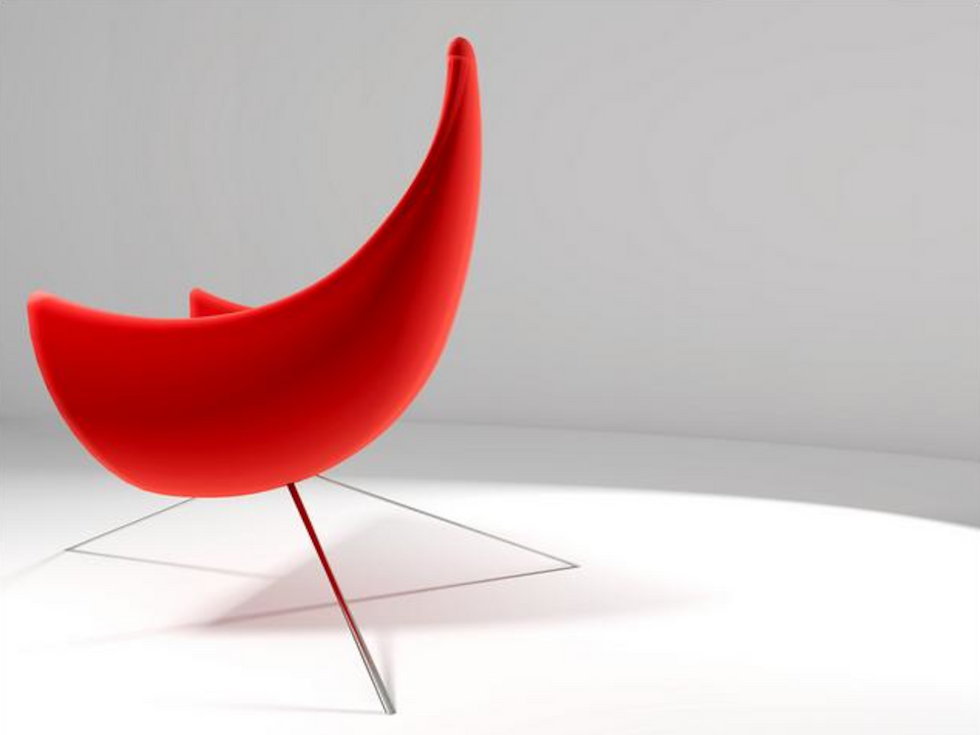Chaise Guanabara - How thoughts drive the Design process.
- Vitório Paulo
- Oct 23, 2024
- 2 min read
Introduction
As I sit in my hometown of São Salvador da Bahia, Brazil, on a warm summer day, I take a moment to reflect on the design process and the intricacies of creative thinking. Despite the challenges posed by the ongoing pandemic, I remain optimistic and committed to exploring the intersection of thoughts and design. In this case study, I will delve into the concept of how thoughts drive the design process, using my own experience as a designer to illustrate this notion.

The Initial Concept
When embarking on a new design project, I begin by establishing the "what" and "why" behind the concept. This involves asking myself questions such as: "What is the purpose of the design?" and "What message do I want to convey?" In the case of the Guanabara Chaise, I was inspired by the city of Rio de Janeiro, Brazil, and sought to create a tribute to its rich cultural heritage and natural beauty.
The Design Process
The next step in the creation process is to brainstorm and explore the possibilities of how to bring the concept to life. This involves considering various inspirations, themes, and ideas that can be translated into a design. As a designer, I have the freedom to choose the direction of the project, and it is essential to ensure that the final product accurately represents the initial concept.

From Concept to Reality
Once I have a clear idea of the concept and the product I want to design, I begin to sketch and refine my ideas using a combination of traditional and digital tools. The Guanabara Chaise, for instance, was inspired by the bold curves of the mountains surrounding Guanabara Bay. I used computer-aided design (CAD) software and graphic tools to document and refine the design, taking into account factors such as industrial viability, functionality, and aesthetics.
Industrial Viability and Production
It is essential to consider the production process and the materials used to create the final product. In the case of the Guanabara Chaise, I envisioned a design that would be produced using a stainless steel structure, injectable foam, and stretch cloth. While the product has not yet been prototyped or mass-produced, I am eager to collaborate with others to bring this design to life.

Conclusion
In conclusion, the design process is a complex and iterative journey that begins with a concept and evolves through a series of sketches, refinements, and iterations. As designers, we must consider multiple factors, including functionality, aesthetics, and industrial viability, to create a product that not only meets the needs of the end-user but also brings joy and satisfaction. I hope that this case study has provided a glimpse into the world of design and the ways in which thoughts drive the creative process.
Call to Action
I invite readers to share their thoughts and feedback on this case study and to consider collaborating on future design projects. Together, we can create innovative and meaningful designs that reflect the complexities and nuances of the human experience.

Acknowledgments
I would like to express my gratitude to those who have taken the time to read this article and for their interest in the design process. I look forward to hearing from you and exploring the possibilities of design together.


Comments